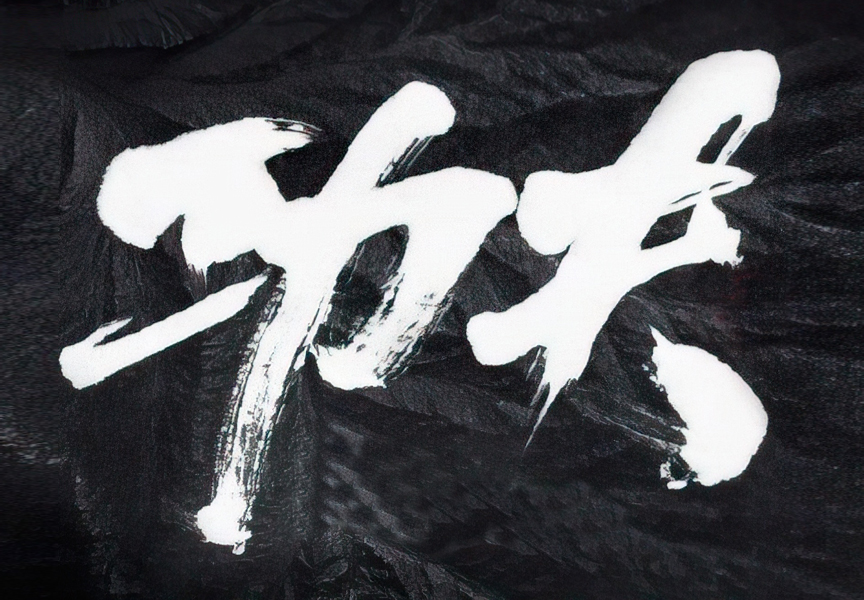Random Free Articles
- Exploring the Bafa of Shaolin Rou Quan
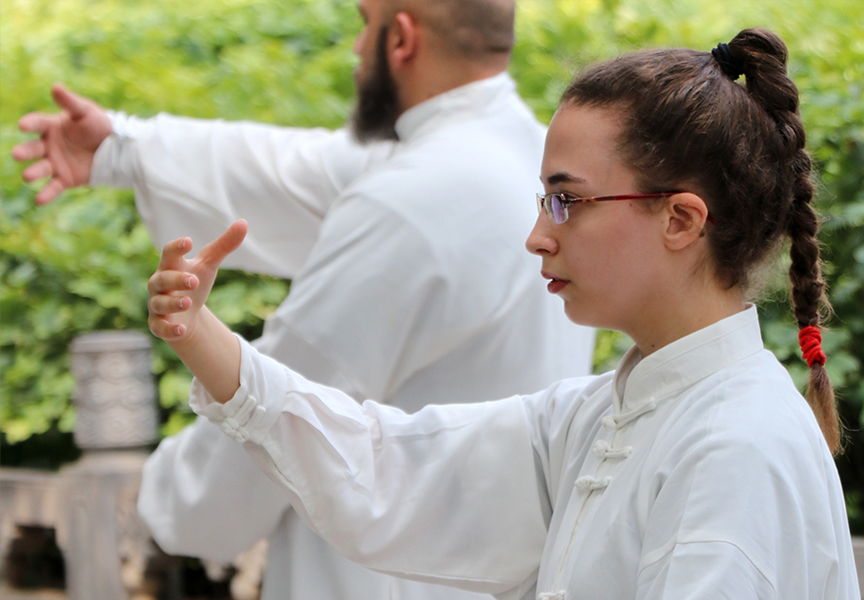
Shaolin Rou Quan [Chin.: Shàolín róu quán 少林柔拳], often simply referred to as Shaolin Rou Gong, is a martial art and a holistic exercise system that has been practiced for centuries. One of the key aspects that make Shaolin Rou Quan unique and effective is the incorporation of the "eight basic methods of practice." These methods, Peng, Lu, Ji, An, Cai, Lie, Zhou, and Kao, are fundamental to understanding and mastering this…
- Shaolin Kung Fu: A World Heritage Tradition
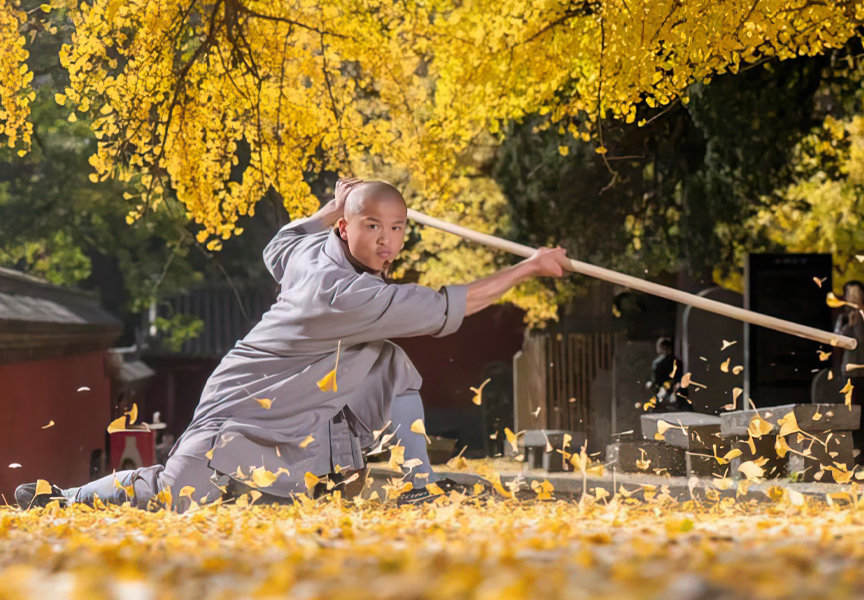
Nestled within the dense forests of the Song Mountain in Henan Province, China, lies a sanctuary of ancient martial arts wisdom - the Shaolin Temple. For over 1,500 years, Shaolin Kung Fu has been revered as one of the most iconic and influential martial arts disciplines in the world. Its legacy transcends physical combat, embodying a profound philosophy that intertwines mind, body, and spirit. Recognized as a UNESCO World Heritage Site in…
- Qualities of a True Martial Arts Master
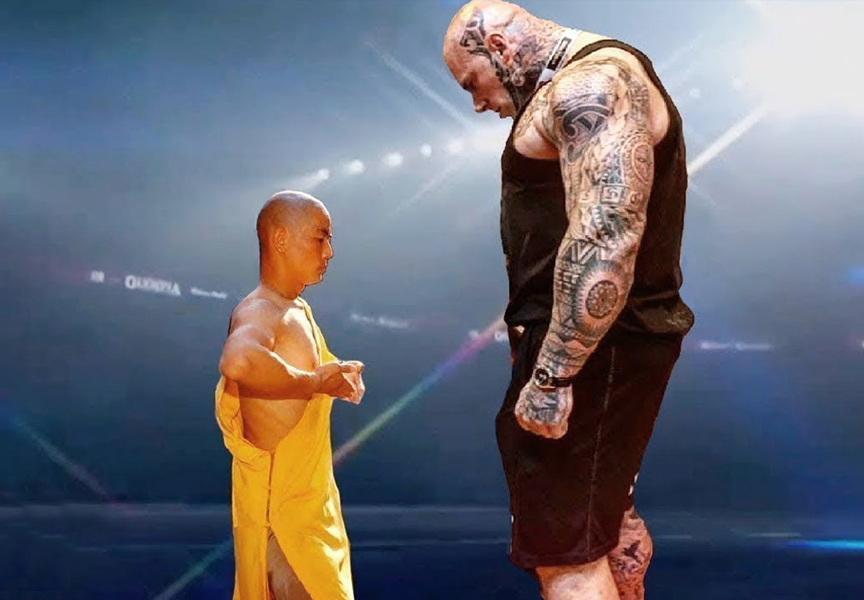
Martial arts is not just about physical prowess; it's a holistic discipline that encompasses mental, emotional, and spiritual growth. At the heart of every successful martial arts journey stands a master, a guiding light who possesses not only exceptional combat skills but also a myriad of qualities that inspire, teach, and transform their students. The qualities that define a true martial arts master go beyond technique and strength;…
- Unlocking the Essence of Dang Jin
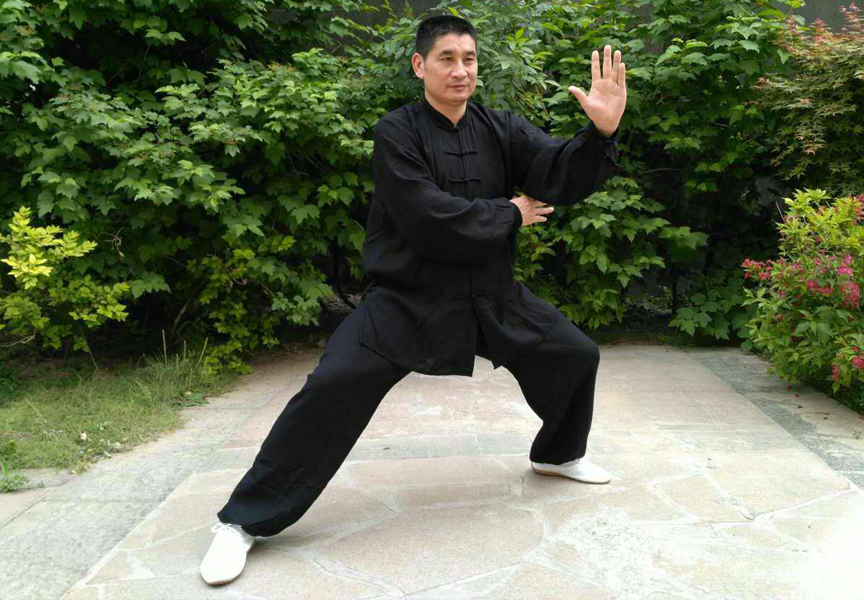
A Journey of Balance and Harmony Shaolin Rou Quan [Chin.: Shàolín róu quán 少林柔拳], often referred as Shaolin Rou Gong [Chin.: Shàolín róu Gōng 少林柔功], is a Chinese martial art that has captured the imagination of people around the world for centuries. Rooted in ancient philosophy and imbued with the principles of balance, harmony, and the interplay of opposites, Shaolin Rou Quan offers practitioners a path to physical…
- Shaolin Rou Quan in Medicine and Health Promotion
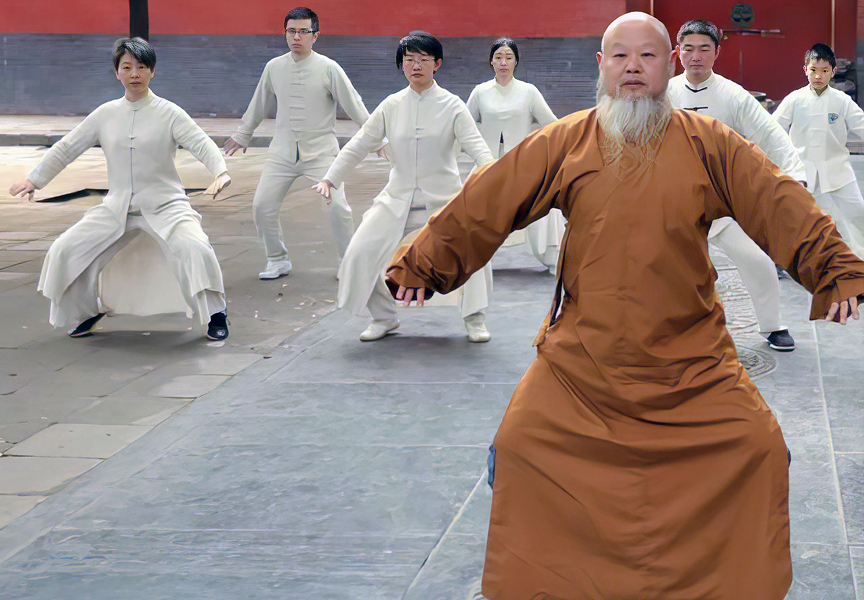
For centuries, the Shaolin Temple in China has been celebrated as the birthplace of martial arts, known for its legendary kung fu techniques and the dedication of its monks. While martial arts are primarily associated with self-defense and physical fitness, there is a lesser-known aspect of Shaolin culture that has been gaining recognition in recent years: Shaolin Rou Quan [Chin.: Shàolín Róu Quán 少林 柔拳]. This gentle and graceful…

